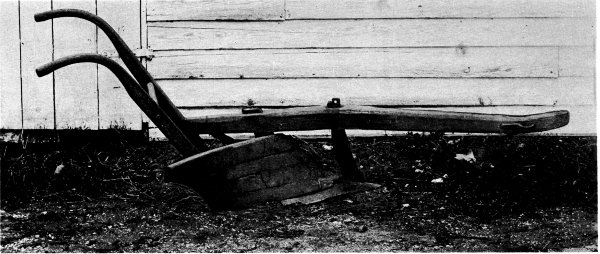Today in class we took notes on feudalism:
- Feudalism-
governmental system and the relationships between landowners and warriors
- Warriors, or
knights, would pledge his allegiance o the lord, who would in turn give
that knight land
- The lord would
grant a fief (property) to the knight who would then become the lords
vassal /servant
- Fief is a part old
the land given to a knight
- Then you became a
lords vassal (servantish)
- A vassal must fight
for the lord when he needs a it and attend his curt once a month
- Homage and
knighthood\a vassal had to pay homage to his lord which meant kneeling
down and taking the lord's hand in his while speaking an oath of loyalty
- When a knight died
his fief would be given to his son
- Some clergy priests
were known to fight as knights
- Barons were lords
of large territories who usually paid homage to the king
- A barons army could
outnumber that of a king
- Medieval society
was divided into three "estates": the clergy the nobility and
the common people
- Usually the
peasantry farmed on large plantations known as "manors" which
were owned by a lord or lady the nobility or a member of the clergy
- They didn't really
know how bad they had it because they didn't really interact with other
classes of people
- The lord oversaw
major agricultural issues buy delegated everyday overseeing to this
stewards or bailiffs
- They were bound to
their lords for labor services behind the plow
- The agricultural
boom after 1000 years allowed for the establishment of many town across
Europe
- Farm produce and
animal were sold in towns and people with the wealth bought their luxury
items there
- The location and
appearance of towns
- Most medieval towns
were surrounded by fortified walls
- Residences also
sprang up outside the walls in the suburbs
- Towns were dominated by a main church and a
central marketplace buildings for the craft guilds and the center of the town
- Buildings for the
craft builds and the wealthiest families would also be center of town
- Thought the
townspeople were free unlike serfs they still had a hierarchy merchants at
the top then skilled crafts man and artisan then unskilled laborers
apprentices
- the guilds were their unions
- merchants, crafts
man and artisans formed their own groups called guilds which regulated
their trade protected its members
- craftsmen were classified as masters,
journeyman and apprentices
- One became a master
after spending years learning as an apprentice working as a paid
journeyman for a number of years, and completing his
"masterpiece"
- Guilds participated
in religious feasts and festivals social organizations and usually
provided well for charities
We also looked at some..not particularly good artwork... but the most breathtaking thing we looked at was:

No comments:
Post a Comment